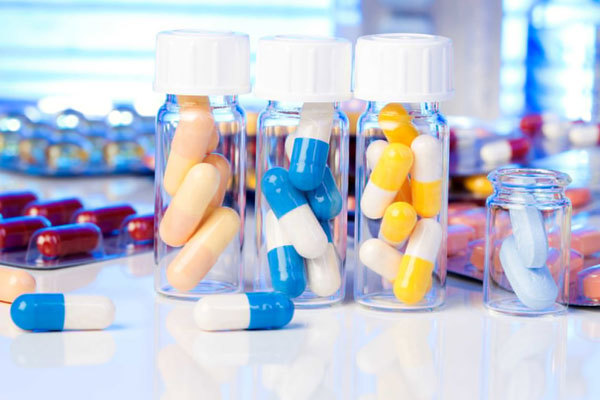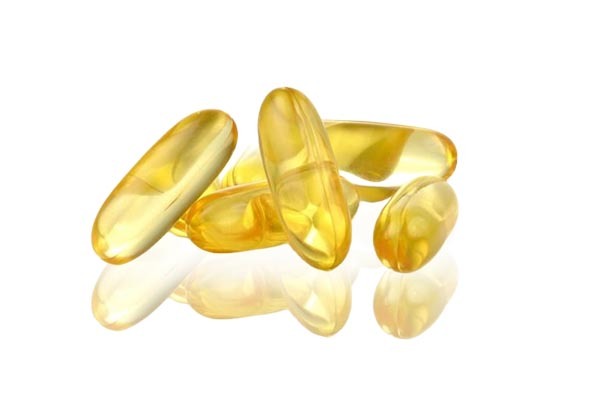News center
The Crucial Role of Gelatin in Efficient Delivery of Active Ingredients in Hard Capsules
Release time:
2024-11-17
The Crucial Role of Gelatin in Efficient Delivery of Active Ingredients in Hard Capsules
Table of Contents
- 1. Introduction: Understanding Hard Capsules and Their Composition
- 2. What is Gelatin? A Closer Look at Its Properties and Sources
- 3. The Importance of Gelatin in Pharmaceutical Applications
- 4. How Gelatin Enhances the Delivery of Active Ingredients
- 5. Gelatin vs. Alternative Capsule Materials: A Comparative Analysis
- 6. The Manufacturing Process of Gelatin Hard Capsules
- 7. The Future of Gelatin in the Pharmaceutical Industry
- 8. Conclusion: The Indispensable Role of Gelatin in Drug Delivery
- 9. FAQs About Gelatin and Hard Capsules
1. Introduction: Understanding Hard Capsules and Their Composition
Hard capsules are a widely used dosage form in the pharmaceutical industry, primarily designed for oral delivery of active ingredients. These capsules consist of two main components—a hard outer shell and the powder or liquid fill within. The outer shell is predominantly made from gelatin, a biopolymer derived from collagen, which is crucial for ensuring the stability, integrity, and bioavailability of the encapsulated substances.
In this article, we aim to explore the pivotal role that gelatin plays in the effective delivery of active ingredients in hard capsules. With its unique properties, gelatin is not just a filler; it significantly influences the pharmacokinetics and overall efficacy of pharmaceutical products.
2. What is Gelatin? A Closer Look at Its Properties and Sources
Gelatin is a colorless, flavorless food ingredient obtained by boiling animal skin, tendons, ligaments, or bones with water. Chemically, it is composed of amino acids, primarily glycine and proline, and is known for its gelling properties.
2.1. Sources of Gelatin
The primary sources of gelatin include:
- **Bovine Gelatin**: Derived from cows, commonly used in pharmaceutical applications.
- **Porcine Gelatin**: Sourced from pigs, also widely employed due to its favorable gelling properties.
- **Fish Gelatin**: An alternative for those seeking non-bovine or porcine options, increasingly popular in vegetarian and halal formulations.
2.2. Properties of Gelatin
Gelatin possesses several key properties that make it suitable for drug delivery systems:
- **Biocompatibility**: Gelatin is biocompatible and does not provoke adverse reactions in the human body.
- **Solubility**: It is soluble in warm water, making it easy to digest and absorb.
- **Film-Forming Ability**: Gelatin can form films that aid in protecting sensitive active ingredients from degradation.
3. The Importance of Gelatin in Pharmaceutical Applications
In the pharmaceutical industry, gelatin serves a variety of functions that extend beyond merely serving as a capsule shell. Its role encompasses:
- **Stabilization of Active Ingredients**: Gelatin helps protect sensitive compounds from environmental factors, such as moisture and oxygen.
- **Controlled Release**: By adjusting the composition and formulation, gelatin can facilitate controlled release of active ingredients, enhancing therapeutic benefits.
- **Taste Masking**: For medications with an unpleasant taste, gelatin can help mask flavor, improving patient compliance.
4. How Gelatin Enhances the Delivery of Active Ingredients
The effectiveness of any drug is largely determined by its bioavailability—the proportion of the drug that enters circulation when introduced into the body. Gelatin significantly influences bioavailability due to several factors:
4.1. Gelatin’s Role in Bioavailability
1. **Rapid Dissolution**: Gelatin capsules dissolve quickly in the stomach, releasing active ingredients without delay.
2. **Improved Absorption**: The amino acids in gelatin can enhance the absorption of certain nutrients and drugs, leading to more effective treatment outcomes.
4.2. Interaction with Active Ingredients
Gelatin can interact beneficially with various active ingredients, aiding in their stabilization and solubility. This interaction is particularly critical for poorly soluble compounds, ensuring they reach their target effectively.
5. Gelatin vs. Alternative Capsule Materials: A Comparative Analysis
While gelatin is a standard choice for hard capsules, other materials have emerged as alternatives. Understanding the differences can help pharmaceutical companies make informed decisions.
5.1. Hydroxypropyl Methylcellulose (HPMC)
HPMC is a plant-based alternative that is often favored for vegetarian or vegan formulations. However, it lacks some of the gelling and solubility advantages of gelatin.
5.2. Pullulan
Pullulan is another plant-derived polymer that offers benefits such as being non-gelatin and biodegradable. Nevertheless, it may not provide the same level of stability for certain active ingredients as gelatin does.
6. The Manufacturing Process of Gelatin Hard Capsules
The manufacturing process of gelatin hard capsules involves a series of precise steps:
6.1. Gelatin Preparation
The first step includes extracting gelatin from the chosen animal source, followed by purification and hydrolysis.
6.2. Capsule Formation
1. **Molding**: Gelatin is heated and poured into molds to create capsule shells.
2. **Drying**: The gelatin molds are then dried to achieve the desired moisture content.
3. **Filling and Sealing**: Once dried, the capsules are filled with the active ingredient and sealed to ensure stability.
7. The Future of Gelatin in the Pharmaceutical Industry
As the pharmaceutical industry evolves, so does the role of gelatin. Advances in technology and changing consumer preferences have led to innovations in gelatin formulations and applications.
7.1. Innovations in Gelatin Formulations
Research is ongoing into developing gelatin with enhanced properties, such as modified release profiles and better compatibility with sensitive active ingredients.
7.2. Sustainability Considerations
With the increasing focus on sustainability, sourcing and producing gelatin in an environmentally friendly manner is becoming vital for manufacturers.
8. Conclusion: The Indispensable Role of Gelatin in Drug Delivery
Gelatin is more than just a component of hard capsules; it is a critical element in ensuring the effective delivery of active ingredients. Its unique properties enhance stability, bioavailability, and patient compliance. As the pharmaceutical landscape continues to change, gelatin remains a dependable choice for manufacturers, driven by its versatility and efficacy.
9. FAQs About Gelatin and Hard Capsules
What is the main function of gelatin in hard capsules?
The main function of gelatin in hard capsules is to act as a protective shell that stabilizes and delivers active ingredients effectively.
Are there vegetarian alternatives to gelatin capsules?
Yes, alternatives like hydroxypropyl methylcellulose (HPMC) and pullulan are available for vegetarian and vegan formulations.
How does gelatin affect the bioavailability of drugs?
Gelatin enhances bioavailability by ensuring rapid dissolution and absorption of active ingredients in the gastrointestinal tract.
Is gelatin safe for all consumers?
Most consumers can safely consume gelatin capsules; however, individuals with specific dietary restrictions or allergies should verify the source of the gelatin used.
What are the future trends in gelatin usage in pharmaceuticals?
Future trends include advancements in gelatin formulations for enhanced properties and a focus on sustainable sourcing and production methods.
This article provides an in-depth understanding of the critical role gelatin plays in delivering active ingredients in hard capsules, making it an essential reference for professionals in the pharmaceutical industry.
NEWS




